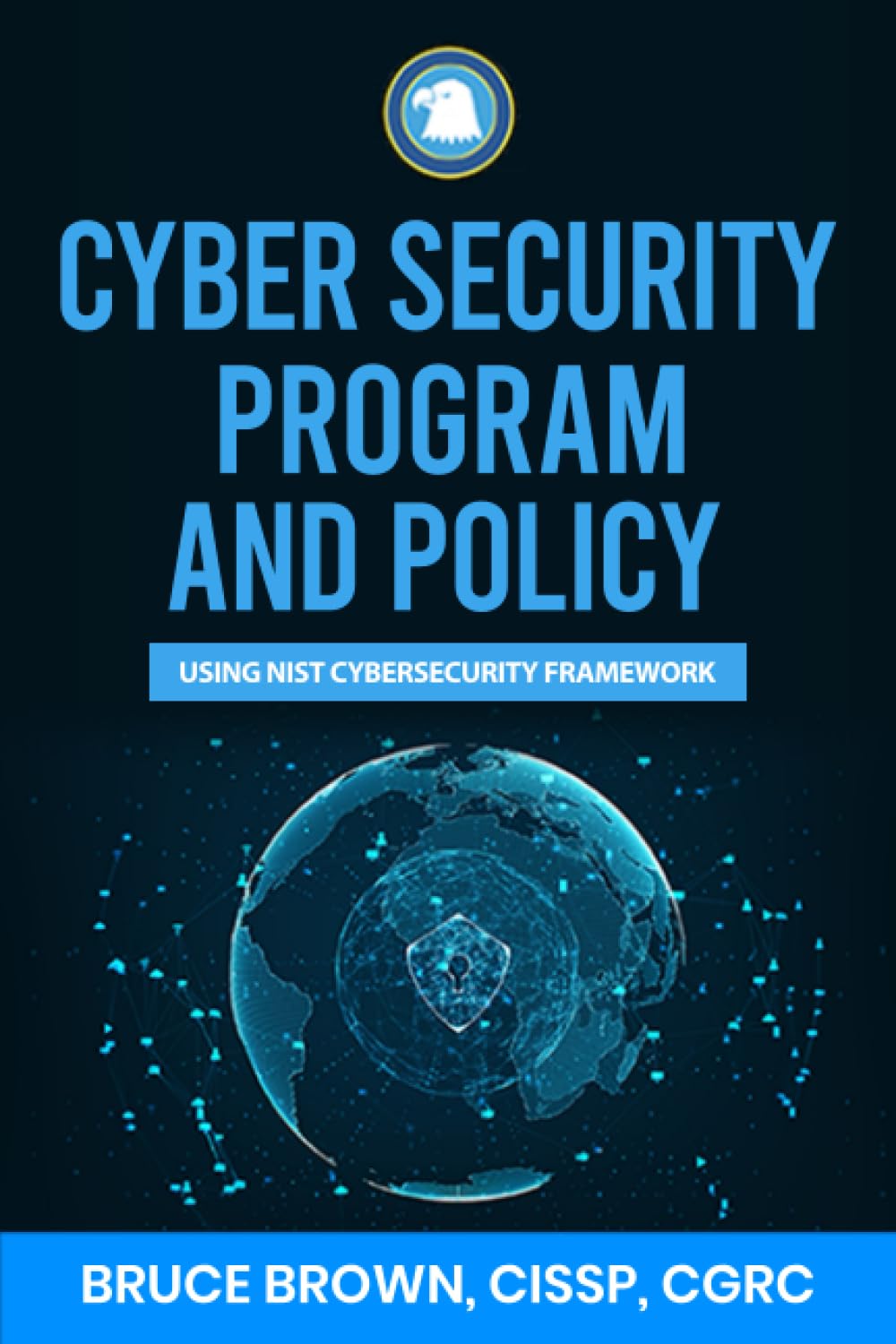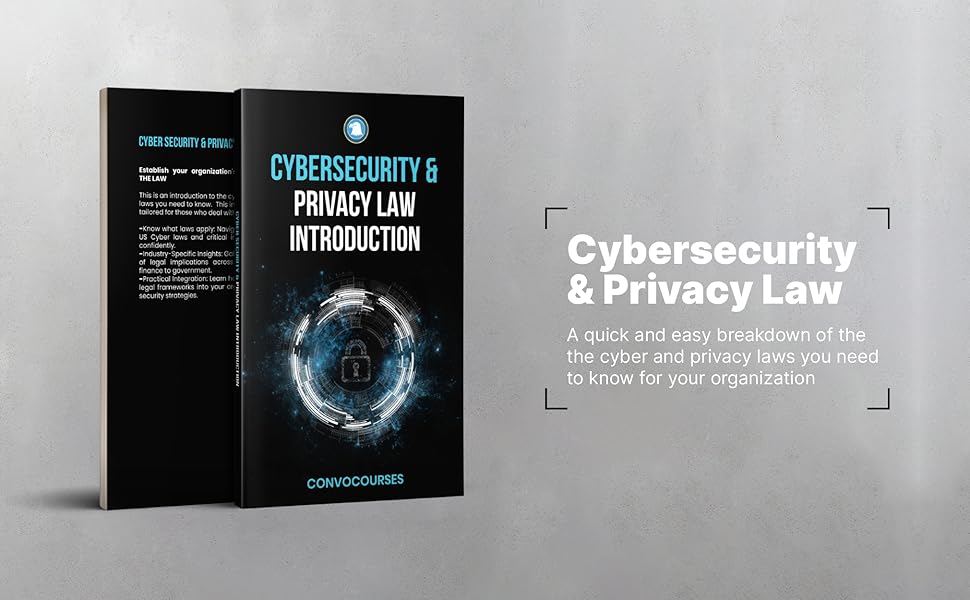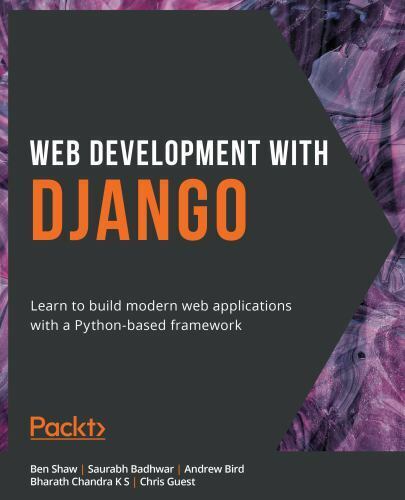Your cart is currently empty!
Tag: Policy

The Importance of a Comprehensive Data Center Change Management Policy
In today’s digital age, data centers play a crucial role in the operations of businesses and organizations. They house and manage a vast amount of critical data and information that is essential for their day-to-day activities. With the increasing complexity and importance of data centers, it has become imperative for organizations to have a comprehensive data center change management policy in place.A data center change management policy is a set of guidelines and procedures that govern how changes are implemented in a data center environment. It outlines the steps that need to be followed when making changes to the infrastructure, hardware, software, or any other component of the data center. This policy is essential for ensuring that any changes made to the data center are well-planned, documented, and executed in a controlled manner.
One of the key reasons why a comprehensive data center change management policy is important is to minimize the risk of downtime. Data centers are highly sensitive environments, and any unplanned or poorly executed change can lead to outages and disruptions in services. By having a well-defined change management policy in place, organizations can ensure that changes are thoroughly reviewed, tested, and approved before implementation, reducing the likelihood of downtime and its associated costs.
Furthermore, a data center change management policy helps organizations maintain compliance with industry regulations and standards. Data centers often house sensitive and confidential information, and it is crucial for organizations to ensure that any changes made to the data center do not compromise the security and privacy of this data. A comprehensive change management policy helps organizations demonstrate to auditors and regulators that changes are being made in a controlled and compliant manner.
Additionally, a data center change management policy promotes better communication and collaboration within an organization. By defining clear roles and responsibilities for stakeholders involved in the change management process, organizations can ensure that all parties are on the same page and working towards a common goal. This helps to prevent misunderstandings and conflicts that can arise when changes are made without proper coordination.
In conclusion, a comprehensive data center change management policy is essential for organizations that rely on data centers to ensure the smooth and secure operation of their IT infrastructure. By implementing a well-defined policy, organizations can minimize the risk of downtime, maintain compliance with regulations, and promote better communication and collaboration within the organization. Investing in a robust change management policy is a worthwhile endeavor that can help organizations effectively manage their data center operations and mitigate risks associated with changes.

Navigating the Challenges of Implementing a Data Center Change Management Policy
Implementing a data center change management policy can be a daunting task for any organization. The process involves a number of challenges that need to be navigated in order to ensure a smooth transition and minimize disruptions to operations. In this article, we will explore some of the key challenges that organizations may face when implementing a data center change management policy, and provide some tips on how to address them effectively.One of the biggest challenges in implementing a data center change management policy is resistance from employees. Change is often met with apprehension and resistance, as employees may be comfortable with the current processes and reluctant to adopt new ones. To address this challenge, it is important to communicate the reasons for the change and the benefits that it will bring to the organization. Involving employees in the decision-making process and providing training and support can also help to ease their concerns and encourage buy-in.
Another challenge in implementing a data center change management policy is ensuring that all changes are properly documented and tracked. Without a clear process for documenting changes, it can be difficult to keep track of what changes have been made, who made them, and when they were implemented. This can lead to confusion, errors, and security vulnerabilities. To address this challenge, organizations should implement a robust change management system that includes a centralized repository for documenting and tracking changes, as well as clear guidelines for how changes should be documented and approved.
In addition to documentation, another challenge in implementing a data center change management policy is ensuring that changes are thoroughly tested before being implemented. Testing is critical to ensure that changes will not have unintended consequences or disrupt operations. However, testing can be time-consuming and resource-intensive, especially for complex changes. To address this challenge, organizations should develop a testing plan that outlines the steps that need to be taken to test changes, as well as the resources that will be required. Automated testing tools can also help to streamline the testing process and ensure that changes are thoroughly tested before being implemented.
Finally, one of the biggest challenges in implementing a data center change management policy is ensuring that changes are implemented in a timely manner. Delays in implementing changes can lead to disruptions in operations and impact the organization’s ability to deliver services to customers. To address this challenge, organizations should develop a clear process for prioritizing and scheduling changes, as well as a communication plan for keeping stakeholders informed of the status of changes. Regular reviews of the change management process can also help to identify any bottlenecks or issues that need to be addressed.
In conclusion, navigating the challenges of implementing a data center change management policy requires careful planning, effective communication, and a commitment to testing and documentation. By addressing these challenges proactively and developing a robust change management process, organizations can ensure a smooth transition and minimize disruptions to operations.

Cisco ACI Cookbook: A Practical Guide to Maximize Automated Solutions and Policy

Cisco ACI Cookbook: A Practical Guide to Maximize Automated Solutions and Policy
Price : 24.62
Ends on : N/A
View on eBay
Cisco ACI (Application Centric Infrastructure) is a powerful software-defined networking solution that allows organizations to automate network provisioning, management, and troubleshooting. In the world of network automation, having a practical guide to maximize automated solutions and policy is essential for success.The Cisco ACI Cookbook is a comprehensive resource that provides step-by-step instructions and best practices for implementing and optimizing Cisco ACI in your organization. Whether you are a network engineer looking to streamline your network operations or a system administrator tasked with managing a complex network infrastructure, this cookbook is designed to help you get the most out of your Cisco ACI deployment.
From setting up your ACI fabric to configuring policies and implementing automation workflows, the Cisco ACI Cookbook covers everything you need to know to effectively leverage the power of ACI in your network environment. With real-world examples, troubleshooting tips, and expert advice, this practical guide will empower you to maximize the benefits of automated solutions and policy enforcement with Cisco ACI.
If you’re ready to take your network automation skills to the next level and harness the full potential of Cisco ACI, the Cisco ACI Cookbook is the ultimate resource for achieving success. Dive into this comprehensive guide today and start maximizing the efficiency and effectiveness of your network infrastructure with Cisco ACI.
#Cisco #ACI #Cookbook #Practical #Guide #Maximize #Automated #Solutions #Policy
Disaster Hits Home: New Policy for Urban Housing Recovery
Price: $57.95
(as of Nov 29,2024 13:29:33 UTC – Details)
Publisher : University of California Press; First Edition (December 8, 1998)
Language : English
Hardcover : 326 pages
ISBN-10 : 0520207807
ISBN-13 : 978-0520207806
Item Weight : 1.6 pounds
Dimensions : 6 x 1.1 x 9 inches
In the wake of a devastating disaster that has struck our community, it has become clear that a new policy for urban housing recovery is urgently needed. The destruction caused by this disaster has left many families without homes, and the current systems in place are not equipped to handle such a large-scale crisis.Therefore, it is imperative that we implement a new policy for urban housing recovery that focuses on providing immediate assistance to those who have been affected by the disaster. This policy should include provisions for temporary housing, financial assistance for rebuilding or repairing homes, and support services for those who have been displaced.
Additionally, this new policy should prioritize the needs of low-income and marginalized communities, who are often the most vulnerable in times of crisis. It is essential that we ensure that all members of our community have access to safe and stable housing in the aftermath of a disaster.
As we work to rebuild and recover from this tragedy, let us come together to create a new policy for urban housing recovery that will help our community heal and thrive once again. Together, we can build a stronger, more resilient future for all residents of our city.
#Disaster #Hits #Home #Policy #Urban #Housing #Recovery
Cyber Security Program and Policy Using NIST Cybersecurity Framework (NIST Cybersecurity Framework (CSF))
Price: $32.00
(as of Nov 28,2024 12:47:07 UTC – Details)From the Publisher


Message from an ISSO


NIST 800 RMF is GRC that is used by US Government
Hey guys!
This is Bruce.
Are you an Information System Security Officer (ISSO)? Maybe you have been pushed into the role by your organization. Or perhaps you are upgrading your career and want to add NIST 800 risk management framework to your skillset. Whatever the case, I have written these books for you! I have been doing this for the private and public sector since 2000. In these books, I share what you really need to know.
NIST CSF is FIRE!!!


Message from Bruce Brown
Throughout my career, NIST CSF keeps coming up!
Its used by government and private sector because is very useful. It lines up very well to many other standards, frameworks, and laws. Its also great for organizations. This series is for NIST Cybersecurity Framework v1.0
Law is FOUNDATIONAL to GRC


If you are in GRC, you need to know this
With this one, I get straight the point of what you need to know with cybersecurity and privacy law.
ASIN : B0CDFMKNBT
Publisher : Independently published (August 1, 2023)
Language : English
Paperback : 169 pages
ISBN-13 : 979-8854606882
Item Weight : 11 ounces
Dimensions : 6 x 0.39 x 9 inches
In today’s digital age, cyber threats are becoming more prevalent and sophisticated, making it crucial for organizations to have a robust Cyber Security Program and Policy in place. One framework that can help organizations in this regard is the NIST Cybersecurity Framework (CSF).The NIST CSF provides a structured and comprehensive approach to managing and reducing cybersecurity risks. It consists of five core functions – Identify, Protect, Detect, Respond, and Recover – which serve as the foundation for developing a strong cybersecurity program.
To effectively implement the NIST CSF, organizations should first conduct a thorough assessment of their current cybersecurity posture to identify their assets, vulnerabilities, and potential threats. They should then develop policies and procedures based on the framework’s guidelines to protect their assets, detect and respond to incidents, and recover from any cybersecurity events.
Additionally, organizations should regularly review and update their cybersecurity program and policies to stay ahead of emerging threats and ensure compliance with industry best practices and regulations.
By adopting the NIST Cybersecurity Framework, organizations can enhance their cybersecurity capabilities, protect their data and systems, and build resilience against cyber threats. It is a valuable tool for organizations of all sizes and industries to strengthen their cybersecurity posture and mitigate risks in today’s digital landscape.
#Cyber #Security #Program #Policy #NIST #Cybersecurity #Framework #NIST #Cybersecurity #Framework #CSF
The Telecommunications Act of 1996: The “Costs” of Managed Competition: The Costs of Managed Competition (Topics in Regulatory Economics and Policy)
Price: $105.23
(as of Nov 28,2024 06:54:02 UTC – Details)
Publisher : Springer; Softcover reprint of the original 1st ed. 2000 edition (November 2, 2012)
Language : English
Paperback : 138 pages
ISBN-10 : 1461369371
ISBN-13 : 978-1461369370
Item Weight : 7.5 ounces
Dimensions : 6.1 x 0.33 x 9.25 inches
The Telecommunications Act of 1996 was a landmark piece of legislation that aimed to promote competition in the telecommunications industry and spur innovation and investment. One of the key provisions of the Act was the introduction of managed competition, which sought to balance the interests of consumers and competitors while also ensuring the continued growth and development of the industry.However, while managed competition was intended to lower prices for consumers and increase choice and quality of services, it also came with its own set of costs and challenges. In the book “The Costs of Managed Competition (Topics in Regulatory Economics and Policy),” authors delve into the various economic, regulatory, and policy implications of managed competition in the telecommunications industry.
From the costs of implementing and maintaining a competitive marketplace to the potential for market manipulation and anti-competitive behavior, the authors explore the complexities and trade-offs inherent in managed competition. They also examine the role of regulators in overseeing and enforcing competition rules, as well as the impact of technological advancements and changing consumer preferences on the industry.
Overall, “The Costs of Managed Competition” provides a comprehensive analysis of the challenges and opportunities presented by managed competition in the telecommunications sector, offering valuable insights for policymakers, industry stakeholders, and researchers alike.
#Telecommunications #Act #Costs #Managed #Competition #Costs #Managed #Competition #Topics #Regulatory #Economics #Policy
Understanding Health Policy: A Clinical Approach, Eighth Edition
Price: $50.00
(as of Nov 28,2024 01:00:01 UTC – Details)
Publisher : McGraw Hill / Medical; 8th edition (April 2, 2020)
Language : English
Paperback : 240 pages
ISBN-10 : 1260454266
ISBN-13 : 978-1260454260
Item Weight : 12.4 ounces
Dimensions : 7.3 x 0.6 x 9.1 inches
In the ever-evolving landscape of healthcare, understanding health policy is critical for clinicians to navigate the complexities of the system. The eighth edition of “Understanding Health Policy: A Clinical Approach” provides a comprehensive and practical guide for healthcare professionals to make informed decisions and advocate for their patients.This latest edition delves into the latest developments in healthcare policy, including the Affordable Care Act, Medicaid expansion, and the impact of COVID-19 on the healthcare system. The book explores the intersection of policy and clinical practice, helping clinicians understand how policy decisions can directly impact patient care.
With case studies, real-world examples, and practical tips, “Understanding Health Policy: A Clinical Approach” equips clinicians with the knowledge and skills to effectively navigate the healthcare system and advocate for their patients. Whether you are a physician, nurse, or other healthcare professional, this book is an essential resource for understanding the impact of policy on clinical practice.
Stay informed, stay empowered, and stay ahead with the eighth edition of “Understanding Health Policy: A Clinical Approach.”
#Understanding #Health #Policy #Clinical #Approach #Eighth #Edition
End-Users’ Perspectives on Energy Policy and Technology
Price:$55.40– $49.49
(as of Nov 26,2024 13:30:05 UTC – Details)
Publisher : Mdpi AG (January 19, 2021)
Language : English
Hardcover : 166 pages
ISBN-10 : 3036500154
ISBN-13 : 978-3036500157
Item Weight : 1.23 pounds
Dimensions : 6.69 x 0.56 x 9.61 inches
As end-users, we rely on energy policy and technology to power our homes, businesses, and daily lives. The decisions made at the policy level and the advancements in technology play a crucial role in shaping our energy future. But what do end-users think about these developments?In this post, we will explore the perspectives of end-users on energy policy and technology. From the impact of renewable energy incentives to the adoption of smart home technologies, we will delve into how these factors influence the way we consume and interact with energy.
Join us as we hear from end-users on the front lines of the energy transition and learn about their hopes, concerns, and ideas for a more sustainable and efficient energy future. Let’s dive into the world of energy policy and technology from the perspective of those who rely on it every day.
#EndUsers #Perspectives #Energy #Policy #Technology
Enterprise Systems Backup and Recovery: A Corporate Insurance Policy

Enterprise Systems Backup and Recovery: A Corporate Insurance Policy
Price : 29.28
Ends on : N/A
View on eBay
In today’s digital age, data is king. It is the lifeblood of businesses, driving decision-making, operations, and growth. However, data is also vulnerable to a myriad of threats such as cyberattacks, natural disasters, human error, and hardware failures. This is where enterprise systems backup and recovery come into play.Enterprise systems backup and recovery can be likened to a corporate insurance policy. Just as you wouldn’t leave your business uninsured against unforeseen events, you shouldn’t leave your data unprotected either. In the event of a data loss, having a robust backup and recovery system in place can mean the difference between a minor inconvenience and a catastrophic loss.
Backing up your data regularly ensures that you have a copy of your critical information stored securely in a separate location. This means that even if your primary data is compromised, you can easily restore it from the backup. Recovery, on the other hand, involves the process of restoring data after a loss, whether it be from a hardware failure, cyberattack, or any other incident.
Investing in enterprise systems backup and recovery is not just a matter of protecting your data, it is also about safeguarding your business continuity. Imagine the impact of losing customer information, financial records, or operational data. The cost of downtime, reputational damage, and lost opportunities can be astronomical.
By implementing a comprehensive backup and recovery strategy, you can mitigate these risks and ensure that your business can continue to operate smoothly in the face of adversity. So, treat your data like the valuable asset that it is, and invest in a robust backup and recovery solution today. After all, it’s better to be safe than sorry.
#Enterprise #Systems #Backup #Recovery #Corporate #Insurance #Policy
After Great Disasters: How Six Countries Managed Community Recovery (Policy …

After Great Disasters: How Six Countries Managed Community Recovery (Policy …
Price : 73.25
Ends on : N/A
View on eBay
After Great Disasters: How Six Countries Managed Community Recovery (Policy Analysis)In the wake of natural disasters, communities are often left devastated and in need of immediate assistance to rebuild and recover. The way in which countries respond and manage the recovery process can greatly impact the long-term resilience and well-being of their communities.
In this policy analysis, we will examine how six countries – Japan, the United States, New Zealand, Indonesia, Chile, and the Philippines – have managed community recovery after great disasters. By studying their approaches, strategies, and policies, we can gain valuable insights into what works and what doesn’t when it comes to rebuilding communities in the aftermath of catastrophic events.
From Japan’s response to the 2011 earthquake and tsunami to the United States’ recovery efforts following Hurricane Katrina, each country has faced unique challenges and obstacles in their recovery journey. By comparing and contrasting their experiences, we can identify best practices and lessons learned that can inform future disaster recovery efforts.
Through this analysis, we hope to shed light on the importance of effective disaster management policies and strategies in ensuring the long-term recovery and resilience of communities affected by great disasters. By learning from the experiences of these six countries, we can better prepare for and respond to future disasters, ultimately creating stronger, more resilient communities.
#Great #Disasters #Countries #Managed #Community #Recovery #Policy
